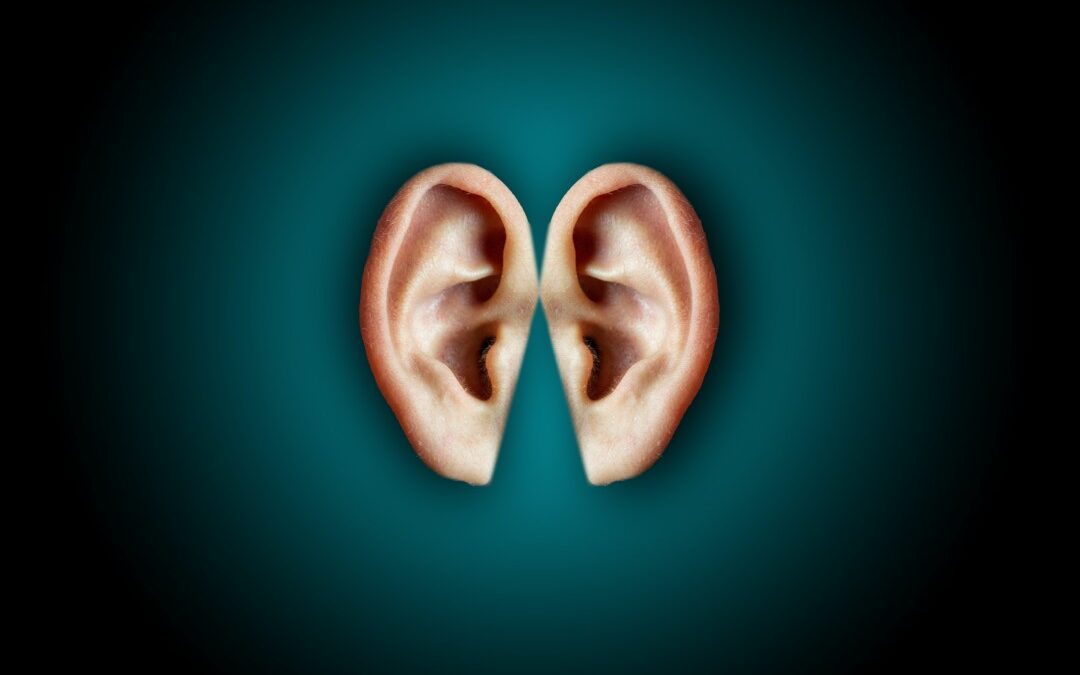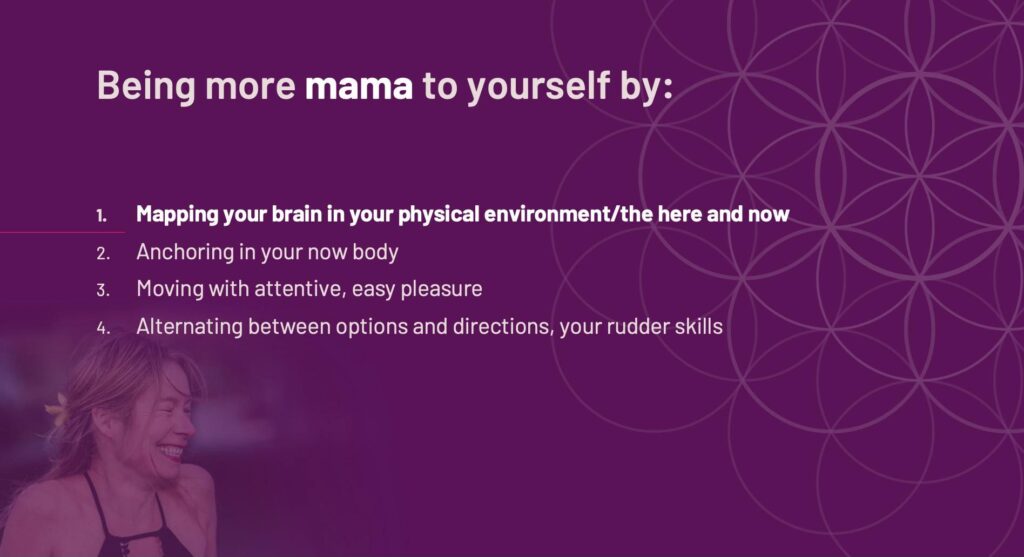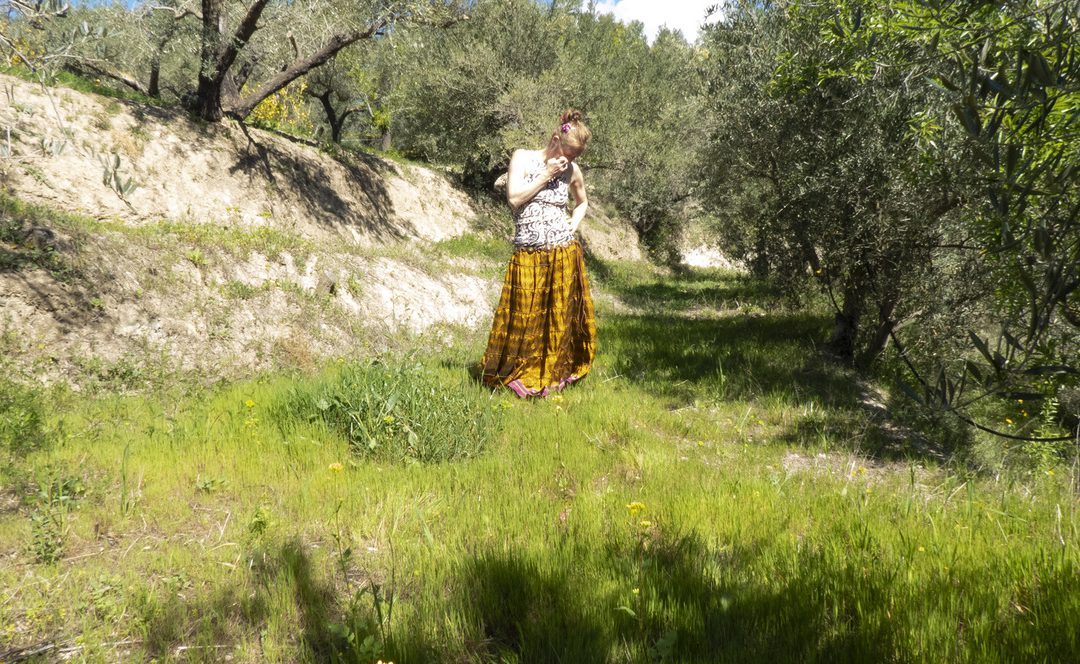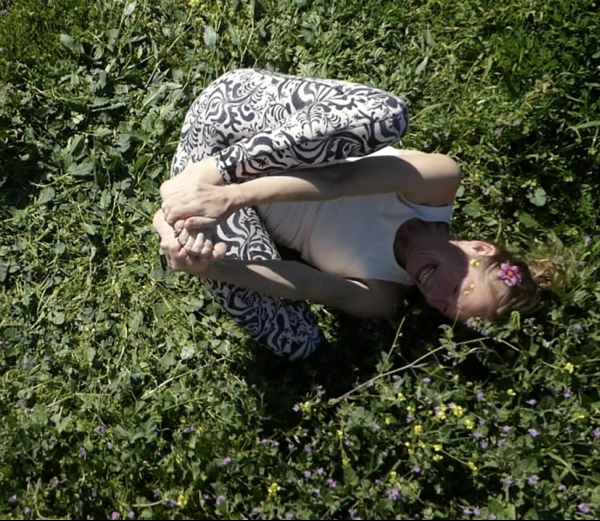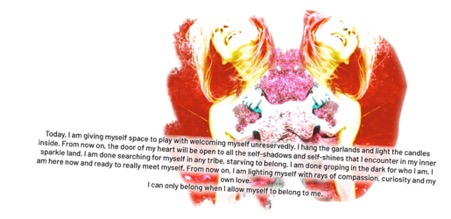
What moves you?
When it gets freezy underneath.
In 2021 I gave a presentation for the online Movement and Wellbeing Festival organised by Angela McMillan.
I gave a talk about ways to move “From freeze to flow” And as I was writing on my presentation, memories came to mind of childhood times when I struggled with fear, shame, and insecurity, unable to control my turbulent inner world that was constantly put on edge by being bullied and ridiculed. It resulted in a lot of uncomfortable physical sensations that I couldn’t control at the time. Eventually, I tried to get rid of them by dissociating myself from my body or somehow controlling it. Slowly, I slipped into a continuous, slumbering state of freezing. Not much later I developed an eating disorder, followed by other destructive numbing habits.
Freezing symptoms can linger just under the skin for long times keeping you from engaging in intimate connection with yourself and others. On the outside you may look like a happy puppy, people may praise you for being such a good listener, for being flexible, helpful or so loyal. But between the lines, suffering happens. It can manifest itself by withdrawing from situations and people, feeling very tired, lonely, and depressed, feeling chronically anxious in your skin, not knowing what you like, want, or don’t want, or what has meaning for you, having trouble concentrating and focusing, having trouble putting your money where your mouth is, or to get moving. Physically you can feel like you can’t hold yourself up, feeling tight, tense, and limp at the same time, a lack of fluid movement and stability, or experiences of spatial unclarity, bumping into things, tripping, and hurting yourself.
Actually, we all experience freezy states on a daily basis.
Now more than ever! Many of us are living more in the head than in the body. Our smartphones keep us attached to the screen even when biking or crossing a road. Mental information forms the biggest part of our nowadays intake of information about our environment.
We live in an expectation- and performance-oriented society in which there is little room for spontaneity, authentic self-expression, or listening to the heart and senses. Many of our physical activities are about looking good rather than feeling good. Feeling present and alive in the body is not so obvious anymore. The pandemic certainly contributed to this disembodied life.
magic happens when you choose to follow flow
For a long time, I tried to work with the turbulent emotions themselves. It was yo-yo-ing between feeling okay and feeling down again. It took a toll on my health and made me feel less and less secure with myself. It was exhausting falling and crawling back up again and again.
Then by chance, I discovered the somatic movement approach of the Feldenkrais method. During the first session, I felt calm instead of cathartic. Just feeling good without having to go back into that dark hole first. Wow! As I continued to deepen my understanding of the Feldenkrais Method and other somatic-, and systems-oriented movement and dance approaches, I gained three very important insights:
- Where attention goes, energy flows
- Each of us is a living system, a complex fabric, of biology, energy, consciousness, and soul which are interrelated, interconnected, and interdependent.
- All living systems have an innate capacity for self-healing, thus so do we, if only we follow our system’s way of ‘thinking in relationships, integration, and interconnectedness’ instead of being a hierarchy divided into a mind, a body with parts, a soul and spirit.
I discovered how I had gotten stuck in a one-sided negative attention spiral of What’s Wrong. And I learned that thinking and emotions are only two channels of a huger somatic constellation through which we know ourselves, and by which a living system informs itself of inner and outer relationships. Most importantly I learned how to help my system prime for healing, nurturing all somatic information channels with the input of “What is. Through Perception, reconnecting with my senses, and learning systemically from the inside out through movement, and now-attention.
In many forms of therapy and coaching, the focus is on the somatic channels of emotion and thought only. The attention is on What is wrong; the former experiences, the trauma… Reliving the triggering emotions, and analyzing them. And I experienced that this starting point keeps reinforcing the pattern of suffering instead of helping our system to self-regulate and heal.
Leaving the old experiences and analyses alone for a while and spending time with my senses in the now, renewed my ability to feel pleasurable, comfortable, and easy sensations in my body. Sensations that invited me to stay in my body, feel safer in my body, gain trust in my being able to surf the emotional waves, and slowly create a greater capacity to deal with all of life, including former traumatic experiences.
It certainly didn’t happen overnight, no quick fix here. And that is exactly why the healing happened! Instead of forcing my system to suddenly change, I danced with the system through awareness, movement, stillness, and time, crafting my attention to what felt good. Gently offering options to my system, in addition to the one my system was used to. I learned to trust my system that it would choose what felt best to thrive in life in its own natural time and wisdom.
You can find my talk below:
In the Movement and Wellbeing Festival 2021 of Online Movement Academy, I shared a Feldenkrais somatic movement experience that has helped me and my clients to follow and flow with our systems and move from freeze to flow. You can listen and move with it below.

